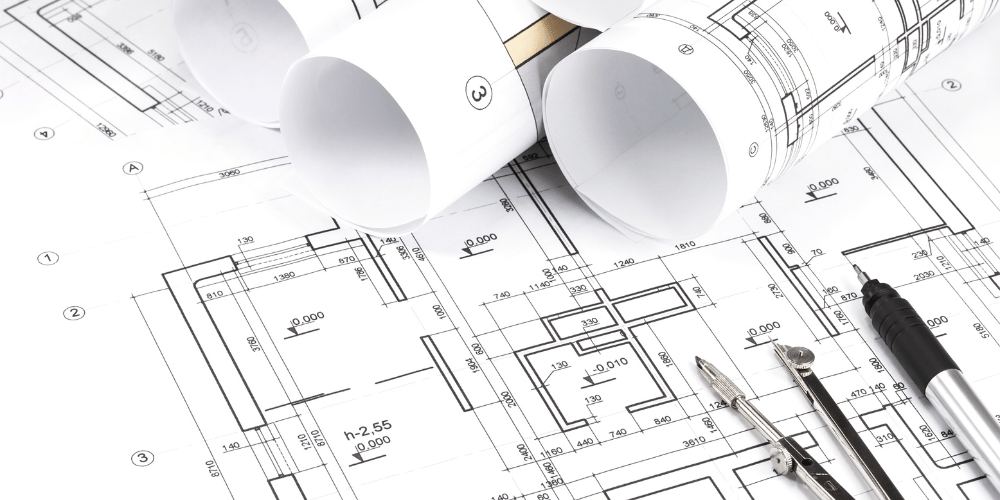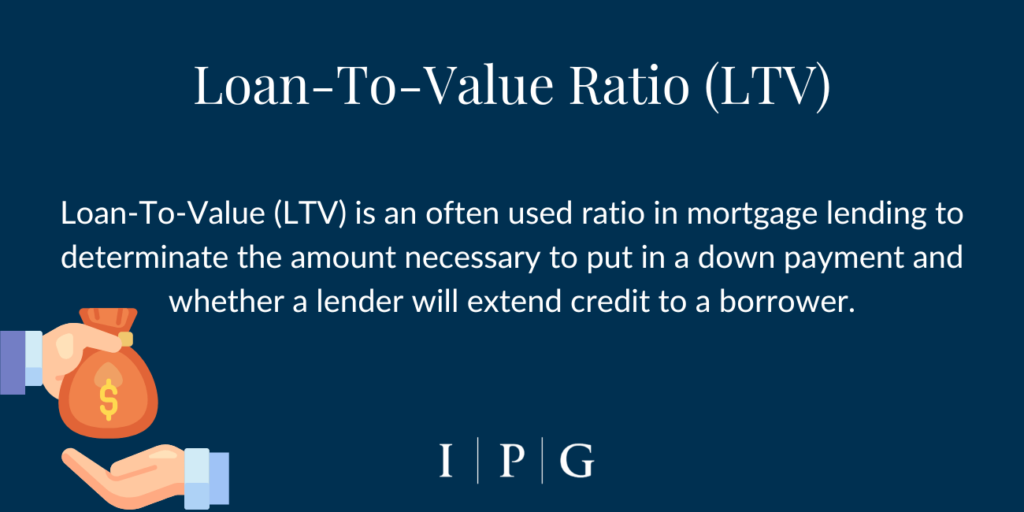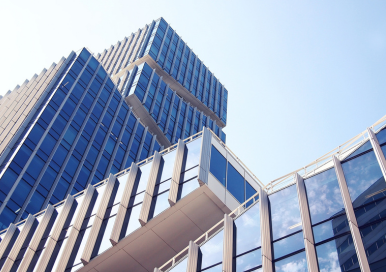Rentable vs. Usable Square Footage: What’s the Difference?

We know that the commercial real estate world has its own, oftentimes confusing, language. There are certain CRE terms that you need to understand, like rentable area vs usable area and their footage, in order to be an informed renter.
You may think that usable and rentable square footage are the same at first, but there are some important differences that you should be aware of.
Being able to differentiate usable and rentable square feet is essential if you want to know how much space you’re really going to get when you rent an office. Knowing the distinctions will help you ensure that you’re getting the best possible deal on office space as well, and you can estimate how much space you will get with more accuracy.
Usable Square Footage
Usable square footage refers to the area within a building that is actually available for a tenant’s exclusive use. This measurement includes only the spaces where a tenant can conduct their business activities, such as offices, private restrooms, storage areas, and cubicles. It does not include shared or common areas of the building like lobbies, hallways, elevators, and shared restrooms.
In a commercial real estate context, knowing the usable square footage is important for tenants because it directly relates to the space they will occupy and potentially be charged for in their lease. It helps in understanding how much space is available for their operations without the inclusion of areas that are accessible to all tenants of the building.
Rentable Square Footage
Rentable square footage is the total area that a tenant pays for in a commercial lease, which includes not only their usable square footage but also a proportionate share of the building’s common areas. These common areas might include lobbies, hallways, restrooms, and other shared amenities that are accessible to all tenants.
This calculation is often based on a load factor (or common area factor), which is applied to the usable square footage to account for the tenant’s share of the common spaces. Essentially, rentable square footage determines the actual square footage on which the tenant’s rent is calculated, making it a crucial metric for understanding lease expenses in commercial real estate.
The Load Factor
To calculate rentable square feet, landlords use the so-called Load factor (also known as a common area factor or add-on factor). This number is based on the % of common areas in a building. Let’s say, if a building has a total of 100,000 sqft, with 85,000 usable square footage (and 15,000 square feet of common areas), the load factor would be equal to the rentable square feet divided by usable square footage.
How to calculate rentable square footage?
Load Factor = Total Rentable SF / Total Usable SF
100,000 sqft / 85,000 sqft = 1.15
The load factor is then multiplied by individual tenants’ usable square feet to get the total amount of rentable square feet. If a company wants to lease 5,000 usable square feet, then this number would be multiplied by the load factor of 1,15 to get the number of rentable square feet:
Rentable SF = Tenant’s Usable SF x Load Factor
5,000 usable square feet x 1.15 = 5,750 rentable square feet
The rentable sqft amount then gets multiplied by a rental rate to get the company’s total annual or monthly rent.
This formula helps companies to evaluate best deals for their office spaces.
Load factors in real estate are most commonly represented by a percentage, usually ranging between 10% and 50%. Often a partial-floor tenant will pay for the common area too, in order to pay use of the floor’s bathrooms and corridors. The landlord calculates tenants’ usable sqft times the proportion of space that tenant occupies on the floor, to get the floor’s rentable sqft number. That number will also get multiplied by the load factor of the building.
Gross Square Feet Explained
Gross square feet, or gross area, is the total square footage of a building. It includes all the space inside the building: the areas tenants use, common areas like elevator shafts and building cores, and spaces dedicated to maintenance and operations.
Simply put, gross square footage represents the entire area of a building, except for open spaces such as pools, sports courts, parking lots, and areas not yet excavated like basements.
Understanding gross square footage is crucial for those involved in planning and budgeting construction projects, even though it might not be commonly used in tenant agreements.
Some Space Is Neither Rentable or Usable
When it comes to rentable vs. usable square footage, even though rentable square feet encompasses the majority of the building, there can be several exceptions. Elevator shafts, parking lots, stairwells and areas of the building which are used for its general operation will be included in the gross sqft of the building, but will not count as rentable square feet.
Now that you have more knowledge of commercial real estate, how rentable vs usable square footage works, and how office listings are actually calculated. When you are looking for new office space, you will be working with a CRE broker who will walk you through situations like this, but it’s always better for you to be prepared and have some insight.
If you have additional questions or are ready to proceed with the leasing process, please reach out to our tenant representation team.




